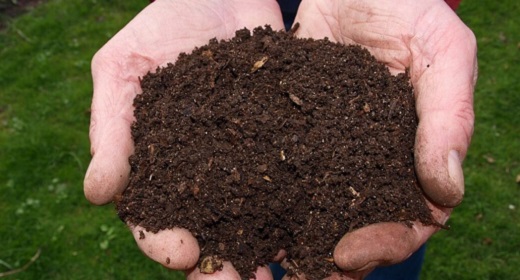by Gardening Stuff Staff: Composting is practiced by gardeners and non-gardeners alike for a long time now…
Haven’t tried composting yet? Then you’re probably missing a lot on the benefits of making compost for your own garden.
Read on to know the advantages of composting, the most common types of making compost, how to make compost yourself, what composting techniques you can use, and how you can best prepare your compost for gardening.
What Is Composting?
Technically, composting is the decomposition, in a natural way, of organic material such as plant and food waste. This is executed by fungi, bacteria, worms, and more organisms with the help of oxygen under controlled conditions.
Compost is defined as an organic material that you can add to the soil to help your plants grow with sufficient nutrients. You may purchase compost or prepare it yourself by using the waste materials from your home and garden.
Basically, people have been making their own compost to use for their home gardens and to eliminate throwing food waste directly into the trash where it cannot be utilized into anything.
Backyard Composting
Making compost actually allows you to cut back on food waste while turning it into something that can enrich your garden and your home.
Nonetheless, making compost for gardening has a lot of misconceptions, despite the fact that many have already been practicing it. Other people might say that composting is too complicated and that it is smelly and messy.
The above might be true if you try to compost using the wrong method. Making your own compost the right way is simply layering organic materials — including food waste and a bit of soil — to create something that will turn into humus.
The point is, composting is doable. And backyard composting is even more convenient.
Step By Step: How to Make Compost
Now here are the steps you have to go through in making your own garden compost:
Step 1: Choose A Site
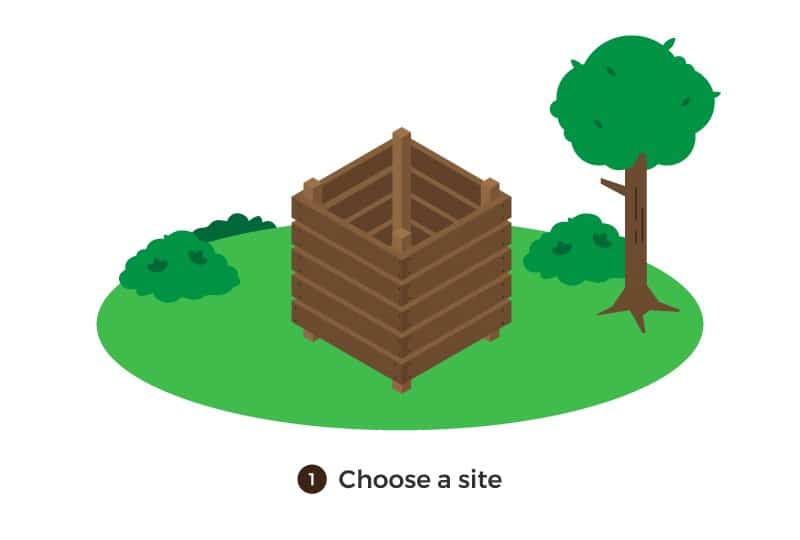
Choose a site for your compost pit or pile. You should consider choosing a slightly hidden location. The spot should have access to water, a good airflow, partial shade during the summer, and full sun during the winter.
Step 2: Lay Twigs Or Straw
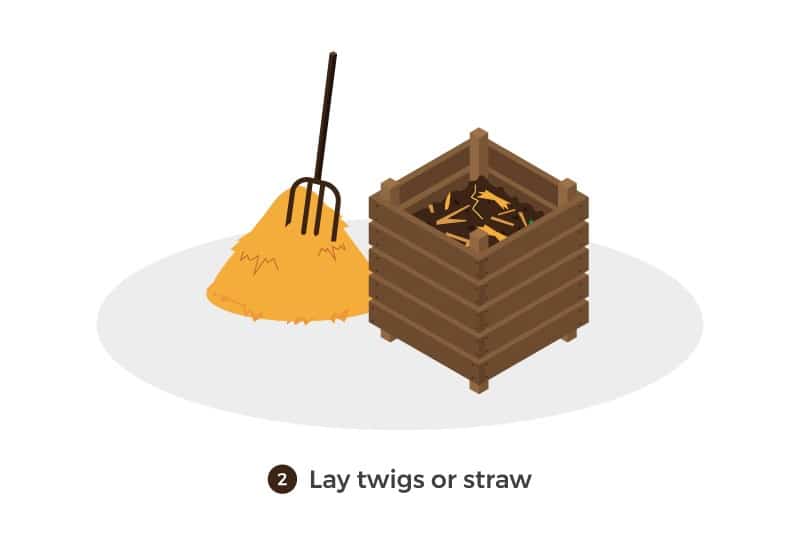
After settling for a site, make sure you lay some twigs or straw on your pile or bin. Placed a few inches deep, this will allow the pile to have drainage and airflow.
Step 3: Add Compost Ingredients
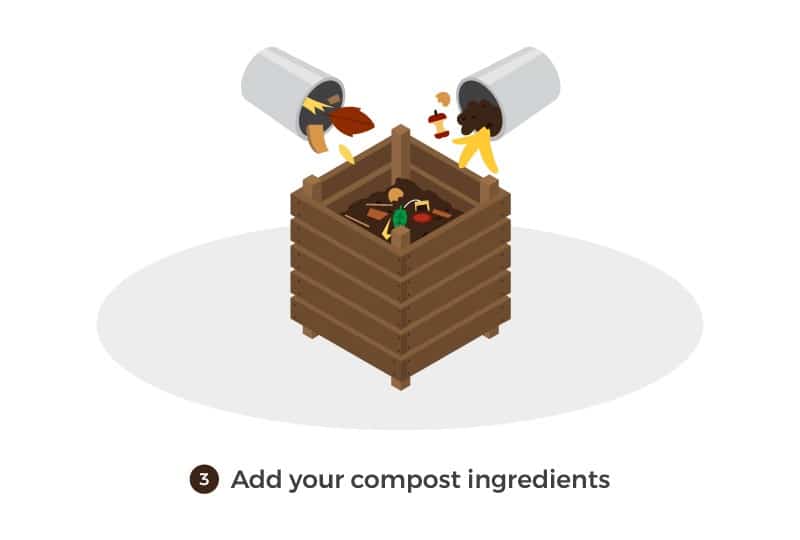
Add in your compost ingredients in layers. Alternate between your moist and dry components. Things such as tea bags, food waste, and plant waste are considered to be moist. Meanwhile, ashes, sawdust, and straw are considered to be dry.
Step 4: Add Manure
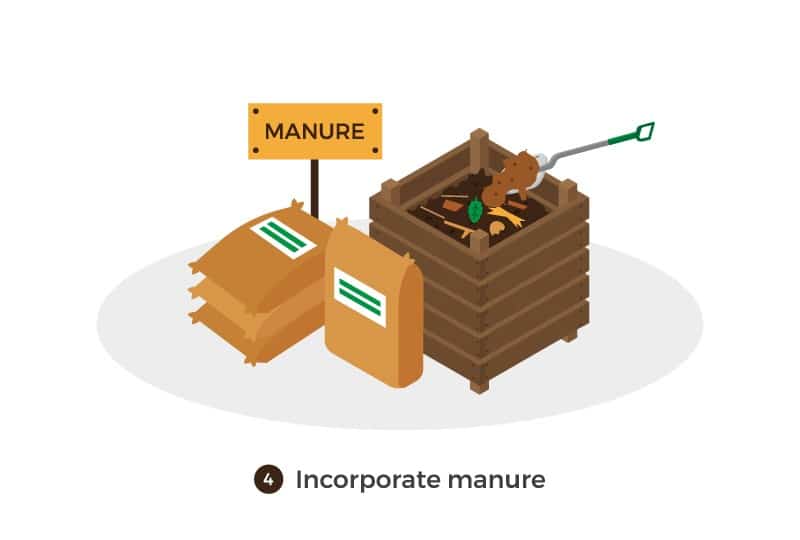
Incorporate manure as a source of nitrogen so your compost pit could be activated, and the composting process could be sped up.
Step 5: Keep Moist
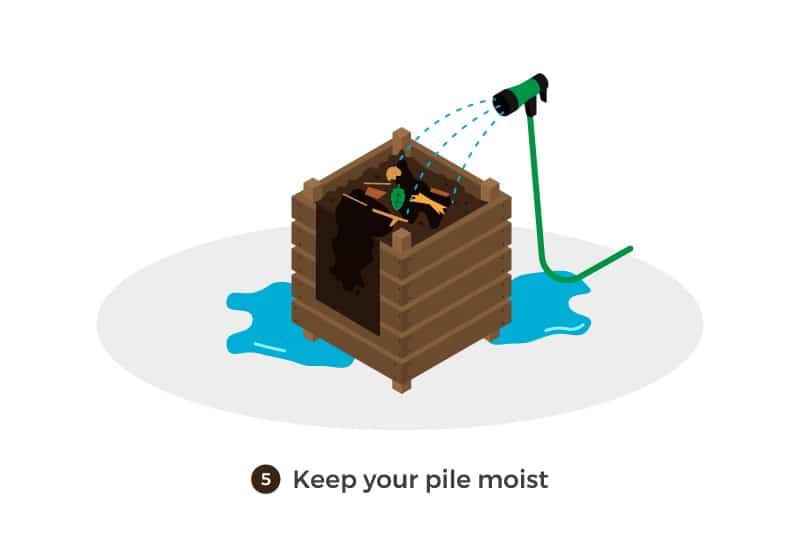
Make sure to keep the compost pile moist. Do some occasional watering.
Step 6: Cover
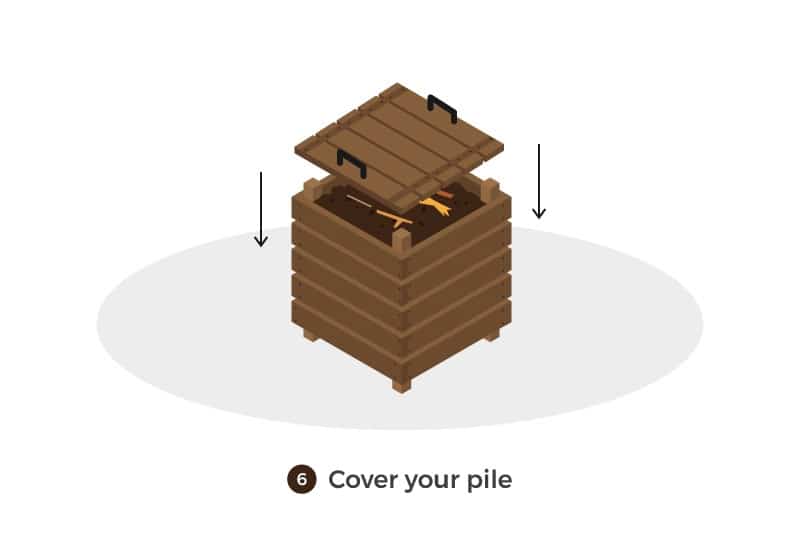
Cover your compost pile. Doing so retains moisture and heat, which are essential in making your compost. Covering your pile also prevents it from being overly soaked by rainwater.
Step 7: Turn
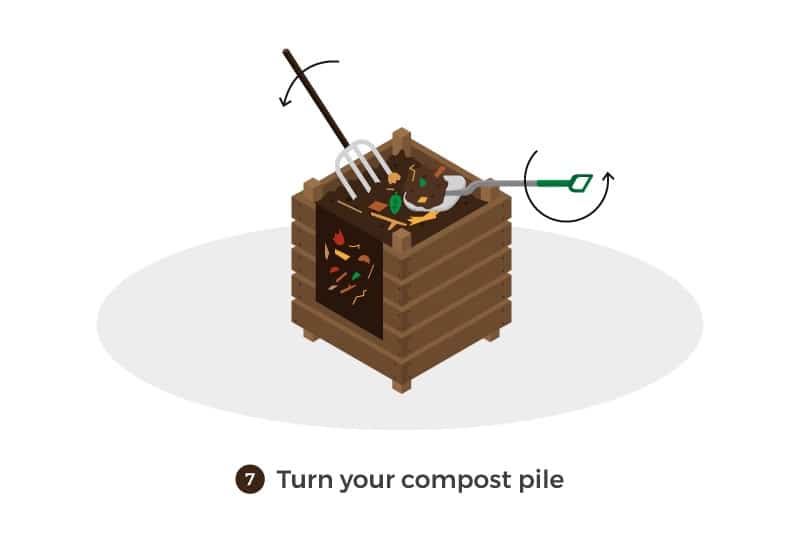
Turn your compost pile. Give your compost pile a turn every few weeks using a pitchfork. Doing so generates oxygen into your compost pile, which can aid in aerating your compost and increasing the composting process.
What to Compost?
It’s necessary to identify which materials are “compostable.” Believe me, there are biodegradable waste materials that are not suitable for composting, no matter how degradable they are. Take note of the following:
Good for composting:
- Pine needles
- Sawdust
- Dried leaves
- Dried grass
- Straw
- Eggshells
- Shredded cardboard and paper
- Chopped wood prunings
- Citrus rinds
- Coffee grounds
- Grass and shrub clippings
- Fruit waste
- Teabags
- Coffee filters
- Young weeds
- Wilted flowers
- Vegetable waste
Not suitable for composting:
- Animal products (fish, bones, meat, fat)
- Dairy products
- Sawdust from treated wood
- Diseased plants
- Human waste
- Weeds that bear seeds such as ivy, oxalis bulbs, burr clover, and Bermuda grass
3 Types of Composting
Before you proceed to harness your own compost for gardening, you must already know that there are three types of composting, namely, hot composting, cold composting and vermiculture or worm composting.
1. Hot Composting
It’s usually the method chosen by more serious gardeners. Hot composting is faster, and you can yield compost in one to three months, most especially in warm weather. Hot composting would need four components, namely, air, water, nitrogen, and carbon.
These four items become food to microorganisms that could speed up the process of decay. During the spring or in the fall, garden waste becomes plenty, so you can definitely have a second batch of compost while another one is currently being “cooked.”
2. Cold Composting
This type of composting is the simplest among the three. Basically, you are only collecting biodegradable waste to be piled in a bim or a pit and wait for it to naturally decompose in about a year or two.
3. Vermiculture or Worm Composting
When you pile your food scraps together with other biodegradable waste, worms slowly eat it, allowing them to release worm castings which are rich in nitrogen.
However, these nitrogen-rich castings aren’t just produced by any worm. You would need redworms or “red wrigglers” for this. Redworms are usually inexpensive and can be purchased through your local garden supplier or online.
4 Benefits of Composting
Backyard composting has many benefits. Not only does it help conserve the environment — it also saves you the money and resources you would otherwise spend on fertilizers.
1. Utilizes Waste to Reduce It
Through composting, people get to utilize plant waste, food and kitchen waste, leaves, lawn clippings, and any other biodegradable waste that can get thrown away otherwise. With this, composting could let you save money for landfill fees.
You might ask, “Why should I practice making my own compost?” Well, aside from being beneficial to your finances (since you won’t buy garden soil anymore), compost is a really great soil enricher. It is also easy to make and most of all, it is a great way to reduce waste.
So perhaps the best benefit from composting is your ability to turn trash into treasure, keeping trash off the landfills and, in turn, reducing your carbon footprint.
2. Improves Soil Health
Compost is now widely recognized as a helpful tool in replenishing the fertility of the soil without making use of chemical fertilizers.
Adding compost to your garden soil improves its health and minimizes pests and plant diseases. Using compost also eliminates the need to use chemical-based fertilizers.
Compost has nutrients that plants use in order for them to grow to their fullest potential, like potassium, nitrogen, and phosphorus. Adding compost to your garden soil can also assure you that your garden is supplied with micronutrients such as iron, iodine, cobalt, boron, copper, zinc, molybdenum, and manganese.
Moreover, compost, when added to the soil, can improve the soil’s structure. It can improve the capacity of the soil to hold water, thereby increasing erosion control and the permeability of the soil.
Composted soil also aids in the reforestation and restoration of wetlands and plant and animal habitats. It remedies the soil that is contaminated with toxic waste.
3. Helps Preserve the Environment
Composting helps us preserve the environment because it reduces our need of using chemical-based fertilizers and soil conditioners.
Composted soil also increases the amount of nutrients and beneficial microbes, which can improve plant growth. Since it retains water, compost can prevent soil erosion.
The environment at large is greatly benefiting from composting since our organic resources are being recycled while our landfill spaces are being conserved.
Aside from increasing the organic matter in the soil, composting also promotes healthy root structure in plants. Compost improves the presence of earthworms and other helpful microorganisms in the soil, which can help balance the soil ecosystem.
4. Convenient for Any Gardener
You can create compost in many ways, so it’s pretty convenient. One method is to utilize worms, which can yield worm castings that are loaded with nutrients. This practice is called vermiculture.
In making your own compost for gardening, you can also improve your ornamental or vegetable garden, improve your lawn, and propagate your own plants. You can say that all in all, composting is an essential part of any true gardener’s experience.
Additional Tips on Composting
Composting is not rocket science once you learn the rudiments. As there are several types and several methods on composting, make sure you choose what you and your home set up is comfortable with.
Always consider choosing the method that will work best for your time, energy, and space.
Opt for the composting method that will yield the amount of compost that you need during the time you need it.
With the correct amount of moisture, good nutrient balance, correct temperature, and enough aeration, composting will be a breeze for both first-timers and veteran gardeners alike.
If you have a wider space of land to compost in, you could opt to place your bin (if you are using one) on a piece of soil that you plan on turning into a flower or vegetable bed. The soil area underneath a compost bin becomes rich since the nutrients coming out of the bin trickle down after several watering sessions.
Get Ready to Compost
So while you already have the dirt (pun intended) on how to make your own composting soil for gardening, you just have to get ready to wield your composting tools while you choose the best part in your house to put in your compost pile or bin.
Indeed, composting is extremely helpful to the environment, and no matter which method you choose, it will surely be a treat to your garden.







